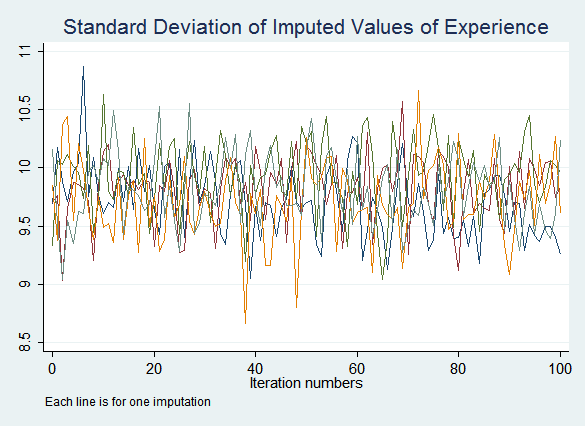

View the entire collection of UVA Library StatLab articles. | airline inprog1 i_cnt1 inprog2 i_cnt2 inprog3 i_cnt3 inprog4 i_cnt4 | > reshape wide i_cnt inprog, i(airline) j(time) To convert a dataset from long form to wide, simply use -reshape wide- command instead.Ĭonsider the airacc data, to make a simple example, we only keep 3 variables –

Reshape from long to wide: -reshape wide. > reshape long bp_, i(patient) j(when) string There is an overarching problem: if you get two or more things wrong in a command, sometimes the parser in Stata doesn't see it your way and misreads what you said. reshape wide also expects to see stubnames but there aren't any. * reshape data, note the string option added at the end reshape wide expects to see a comma followed by i() and j() options. * load data and list the first 4 observations Consider another sample data called reshape2. Sometimes a variable called id does not serve as unique identifier – and that’s one of the reasons we need to be careful when reshaping data. Reshape from wide to long: complex unique identifier Evidently your syntax will differ if your variable names differ. The frequent need for a double reshape is documented in this FAQ: a search reshape in Stata would have pointed you towards it. * we simply put inc and ue as stubs, then put id and year as i and j as we did in the previous example. You need two calls to reshape as a long is needed to get different years as observations and a wide is needed to get different items as variables. If you don't do anything between the two -reshape-s that disturbs the organization of the data, the second command can just simply be -reshape long- and Stata will remember what the variables, i (), and j () from the previous reshape were and use them. In this case, 1) the stub should be inc, which is the variable to be converted from wide to long, 2) i is the id variable, which is the unique identifier of observations in wide form, and 3) j is the year variable that I am going to create – it tells Stata that suffix of inc (i.e., 80, 81, 82) should be put in the variable called year. Actually, you don't even have to go to all that trouble. The syntax should look like this in general: reshape long stub, i(i) j(j) * let's make the first example simpler by keeping id, sex and the inc variables Use schemes to override Statas ugly default graphs. Returns the mean of gpa of each id by semester.+-+ Practice with import excel, reshape, merge, append and collapse. stat options include mean, median, percentiles, standard deviations, standard errors, first/last values, maximum/minimum etc. How- ever, for sparse data, some consideration is needed of how the data are. reshape long changes it back to the long format.Ĭollapse ( stat1) varlist1 ( stat2) varlist2…, by( group varlist) aggregates the dataset to summary statistics. The sreshape command works much like Statas built-in reshape command. | id semester gpaA attend~A gpaB attend~B | Often reshaped data are sparse in the sense of containing many missing values that. J variable (2 values) course -> (dropped) A new command, sreshape, supports sparse and speedy reshaping of data.

reshape wide gpa attendance, i(id semester) j(course) string converts the dataset from long to wide. In the wide format, each column represents variable values of lower levels. In the long format, variable values of the lower levels are grouped under values of a higher level. There are more observations in the long format and more variables in the wide format. Reshape long varlist, i( i) j( j) or reshape wide varlist, i( i) j( j) converts data from long to wide and vice versa.


 15 kommentar(er)
15 kommentar(er)
